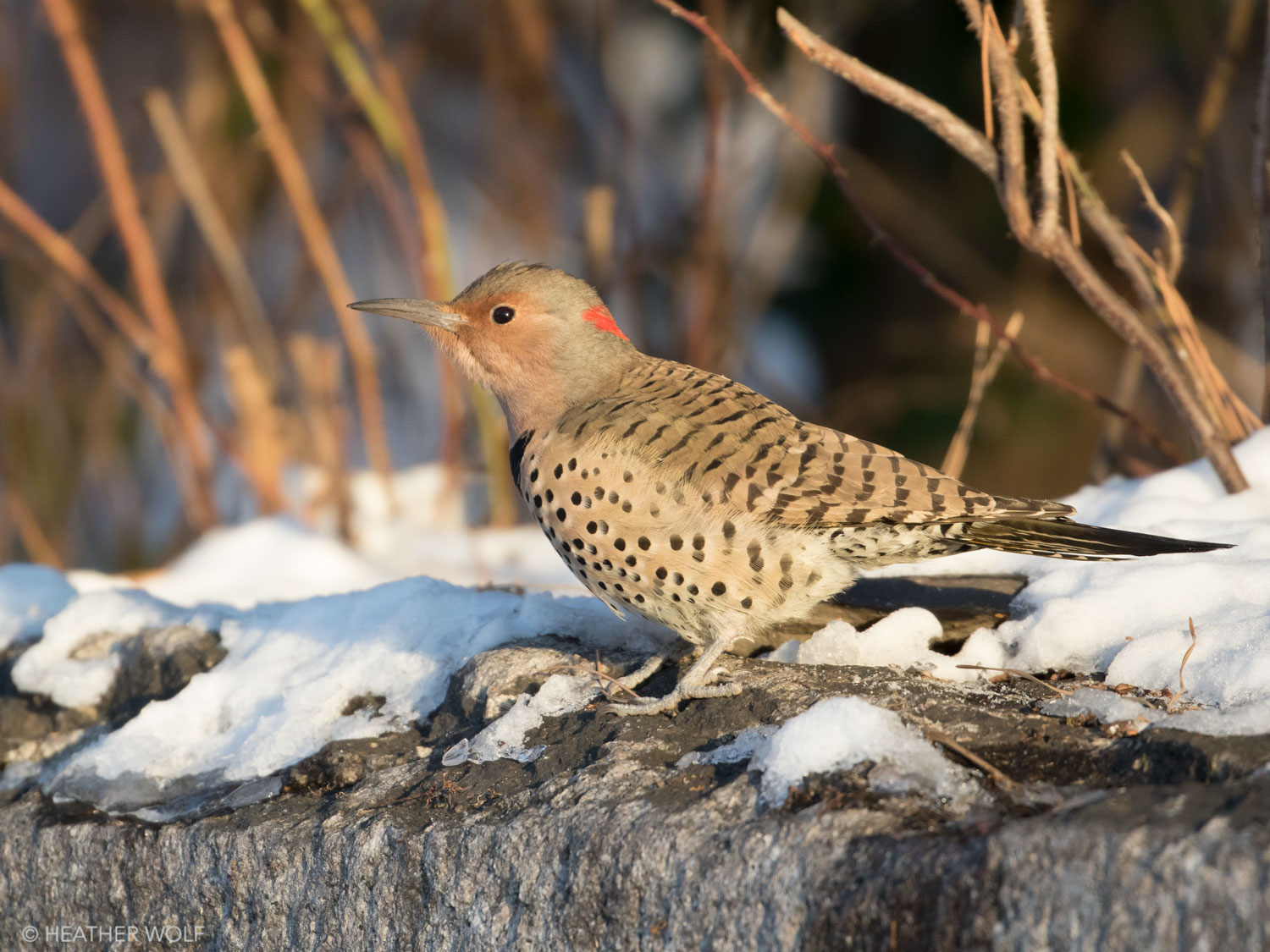Brooklyn Bird Watch: February 8
Northern Flicker. Scientific Name: Colaptes auratus.

Today, Brooklyn Bird Watch features a Heather Wolf photo of the Northern Flicker in Brooklyn Bridge Park.
According to the Cornell Lab, uncharacteristic of wood peckers in general, Northern Flickers spend lots of time on the ground. You can inadvertently scare them up from the ground where they might be foraging for insects, mainly ants and beetles. Like the Red Breasted Woodpecker and the Pileated Woodpecker, they have a very distinctive, unmistakable flight pattern. They fly in an undulating, up-and-down path using heavy flaps interspersed with glides. When you see it you will instantly recognize it.
Northern Flickers are large brown woodpeckers with good looking, black-scalloped plumage.

Brooklyn Boro
View MoreNew York City’s most populous borough, Brooklyn, is home to nearly 2.6 million residents. If Brooklyn were an independent city it would be the fourth largest city in the United States. While Brooklyn has become the epitome of ‘cool and hip’ in recent years, for those that were born here, raised families here and improved communities over the years, Brooklyn has never been ‘uncool’.